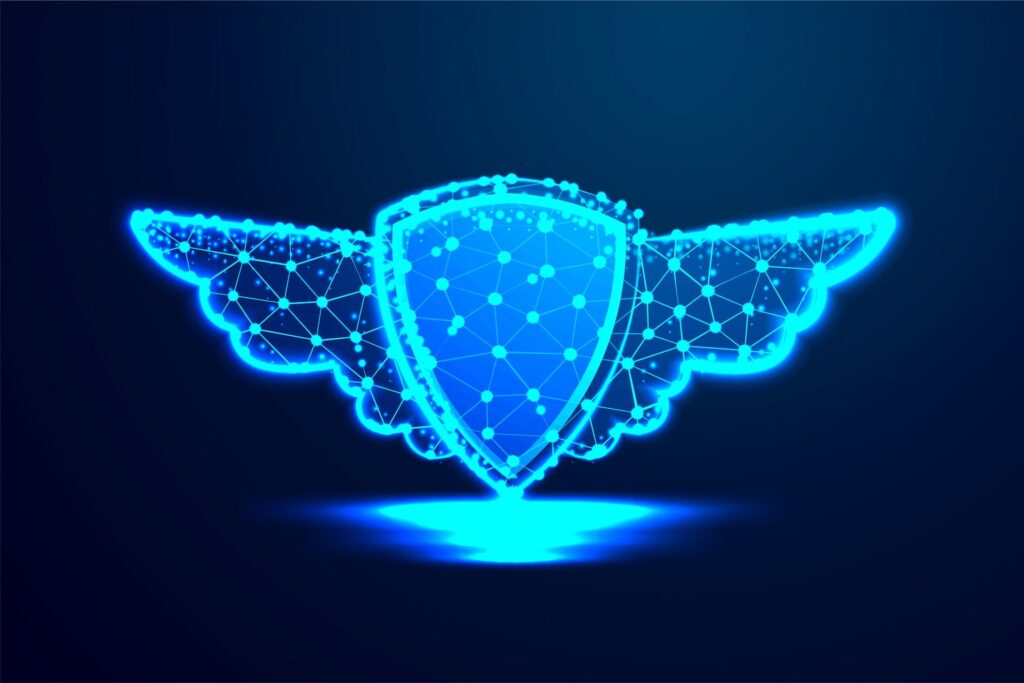The healthcare industry is always after finding the best bridge between offering affordable services, rendering them on-time and affordably while reducing the mortality rate as well. All these have helped contribute to the massive research and adoption going on in the industry for a long time – and there seems to be an amazing breakthrough already:
The healthcare industry is always after finding the best bridge between offering affordable services, rendering them on-time and affordably while reducing the mortality rate as well. All these have helped contribute to the massive research and adoption going on in the industry for a long time – and there seems to be an amazing breakthrough already: Technology!
With the wide adoption of the Internet of Things (IoT) in the healthcare industry, there is hope yet for the realization of the core models of this sector.
The Place of IoT in Healthcare
While this piece of tech will not slow down aging nor ensure immortality, it has a lot of use cases. Some of such are explained below.
Data Monitoring and Collection
It is no secret that there is a growing concern in the healthcare industry about the continuous shortage of qualified professionals needed to handle certain tasks properly.
For those who are available, the strain is evident in the massive waiting time patients have to endure before seeing doctors. When they do get to see their physicians, there is no way such a practitioner will get all the important data they need from the patient at that time.
With connected devices in the loop, physicians can now passively collect important bits of data that they would surely have missed otherwise. They get to monitor the progress of the client’s health status and vitals per time – and they don’t even have to spend an extra hour of their workday trying to collect this data themselves.
After all, it is all recorded and sent to them (via an internet connection) in real-time.
Cost Savings
Connected devices send targeted data about any individual it is reporting on to the healthcare personnel in charge, cutting down the need for unnecessary visits to the hospital. This reduces the cost of allocating resources which would have been used to cater to such a patient every time they came in, and their presence would only be required when strongly needed.
The same goes for being able to ensure better quality resources are utilized for specific patient cases due to the kind of personalization that comes with the data collected.
Alerts
Perhaps the biggest win for the patient (and the healthcare industry whose goal is to reduce the rate of mortality) comes from the alerts that these connected devices bring to the table. A stitch in time, they say, saves nine – and that could not be more valid here.
A real-life example stems from an Apple Watch warning a user of their irregular heartbeat, even though the user didn’t feel like anything was out of place.
Unknown to the user, three (of four) arteries in their heart were blocked, and the last one was not even functioning at up to half its capacity. If they didn’t have the watch on, they wouldn’t have known anything was going on till the worst happened.
If only for such cases, then the importance of connected devices in this industry cannot be understated
Remote assistance
Since data is being regularly connected, IoT makes it possible for patients to reach out to doctors many miles away and lodge a comprehensive complaint. The data generated can be shared with such a doctor – which will, in turn, guide them to make solid diagnoses and recommendations without having to bring the patient in first.
That saves both parties time and brings convenience into the equation for them.
Cybersecurity concerns of IoT
While connected devices have proven their worth, they also carry an inherent weakness in how they could be hijacked and exploited for whatever reason.
This flaw is pronounced in that many connected devices are based on old hardware/ software, leading to a higher level of vulnerability. For the ones which make use of modern-day hardware and software, the lack of proper encryption (which is allowed by manufacturers to make these devices more user-friendly) makes them an easy target again.
Seeing as the global digital market is predicted to reach a stunning $536.6 billion by 2025, there is no stopping the movement. What can be done, however, is making sure patients keep themselves safe while enjoying all the benefits that come with these next-level pieces of tech.
This, they can do by:
- Ensuring they never share their device or device information with anyone
- Always being wary of what computers they connect their devices to, so as not to run the risk of getting a virus
- Layering their router connection over a VPN to ensure the device stays encrypted
- Preventing connected devices from searching out public/ free Wi-Fi networks
- Resetting the default password on these units for stronger options and
- Reporting any cases of tampering as soon as they notice it, among other things.
Conclusion
Technology has come a long way to better our lives and how we see the world. With the current applications in healthcare, it is yet another giant leap for mankind.
